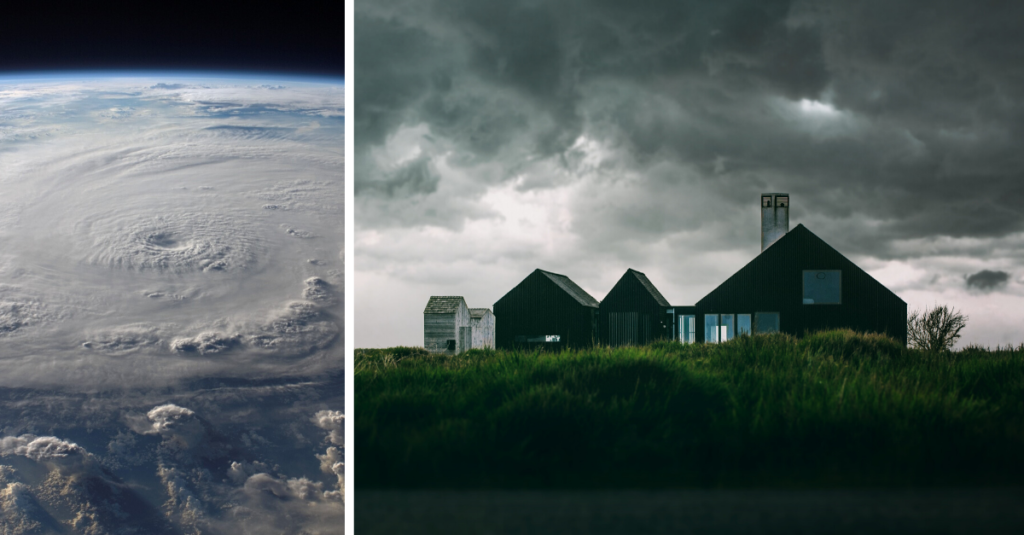 Hurricane researchers predict an above-average Atlantic hurricane season this year, beginning June 1 and running through November 30. Not all home owners are at risk for a hurricane, but experts say severe weather can happen anytime in any part of the country. Thunderstorms, damaging winds, hail and flooding can wreak havoc on your home. As you tackle home projects this summer, consider taking the following steps to prepare for potential storms.
Hurricane researchers predict an above-average Atlantic hurricane season this year, beginning June 1 and running through November 30. Not all home owners are at risk for a hurricane, but experts say severe weather can happen anytime in any part of the country. Thunderstorms, damaging winds, hail and flooding can wreak havoc on your home. As you tackle home projects this summer, consider taking the following steps to prepare for potential storms.
Weatherproof Your Home
- Keep Trees Trimmed. A tree limb hanging over your house can easily damage your home if hit with strong winds. Trim or remove damaged trees and limbs to prevent destruction.
- Clear a Space in Your Garage. Patio furniture, playground equipment, grills or lawn ornaments can become hazardous moving objects under stormy weather conditions. Make sure you have space in your garage or backyard storage unit to quickly stow these items away in the event of a storm.
- Clean gutters and downspouts. To ensure heavy rain can easily run through gutters and downspouts, keep them clean and clear. Water spilling over the sides of your home can soak through to your home’s foundation causing flooding and structural damage.
- Check your roof. A damaged roof can be easily blown away in a storm. Hire a contractor to check the structural integrity of your roof system. A strong roof is essential for your house to withstand a severe storm.
Create a Disaster Supplies Kit
An emergency supply kit can help out in any type of natural disaster, especially if you are in your home without electricity or if you are forced to evacuate. Your kit should contain:
- Flashlights, with extra batteries
- First-aid kit
- Three-day supply of bottled water and non-perishable food
- Prescription medicines
- Battery-operated radio
- Pet supplies
For more ideas on creating an emergency supply kit, visit www.ready.gov.
Be Aware of Emergency Alerts
There are several ways to learn about bad weather approaching our area. The three most common types of emergency alert systems utilized by public safety officials include:
Wireless Emergency Alerts (WEAs). State and local public safety officials and the National Weather Service send WEAs. The alerts look like text messages but are designed to get your attention with a unique sound and vibration. Mobile users are not charged for receiving WEAs and there is no need to subscribe.
The Emergency Alert System (EAS). State and local authorities send EAS notices through broadcasters, satellite digital audio services, direct broadcast satellite providers, cable television systems and wireless cable systems.
NOAA Weather Radio (NWR). This alert system is a nationwide network of radio stations that broadcast continuous weather information from the nearest National Weather Service office. NWR broadcasts official warnings, watches, forecasts and other hazard information 24 hours a day, seven days a week.
To learn more about protecting your home during a natural disaster, contact your local association here or visit nahb.org.

